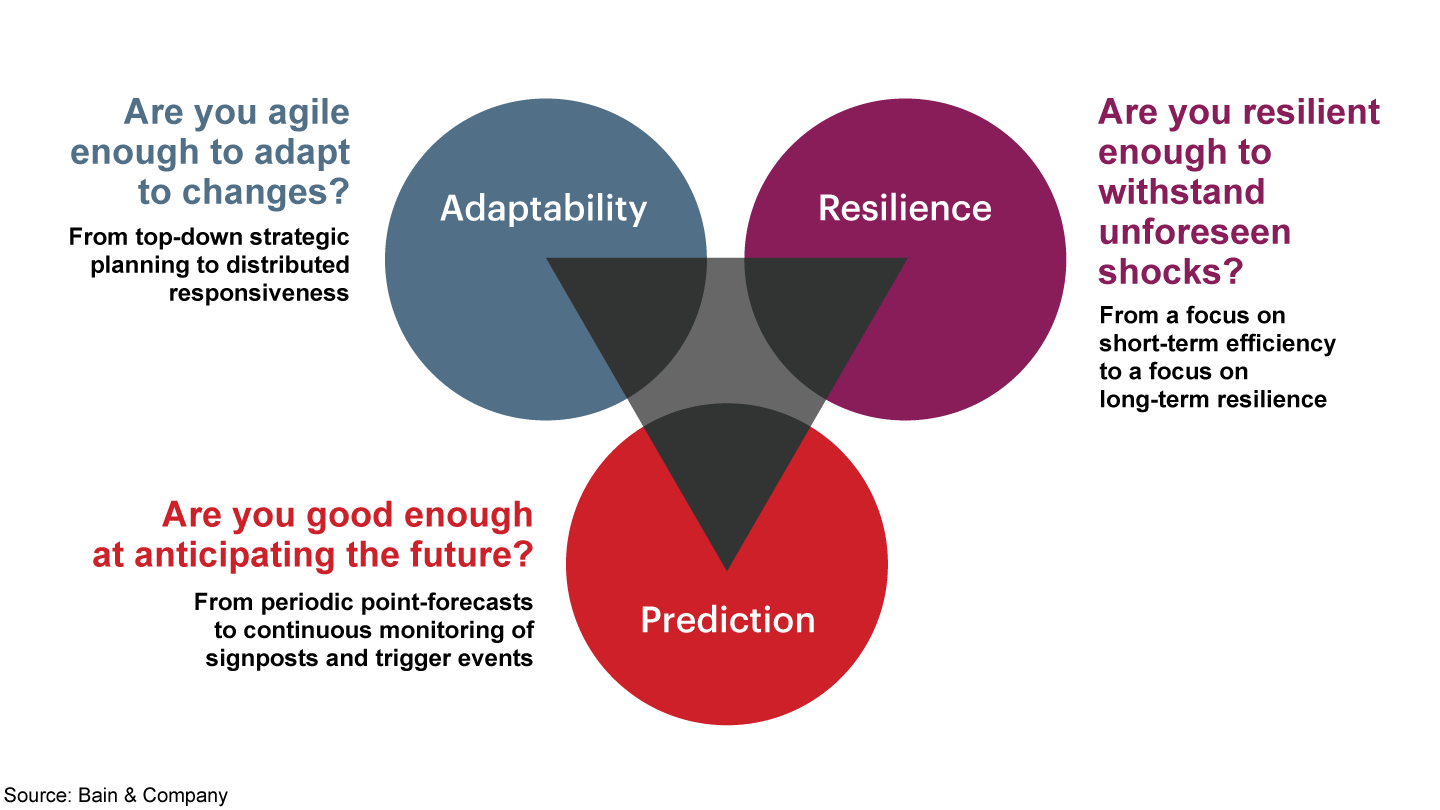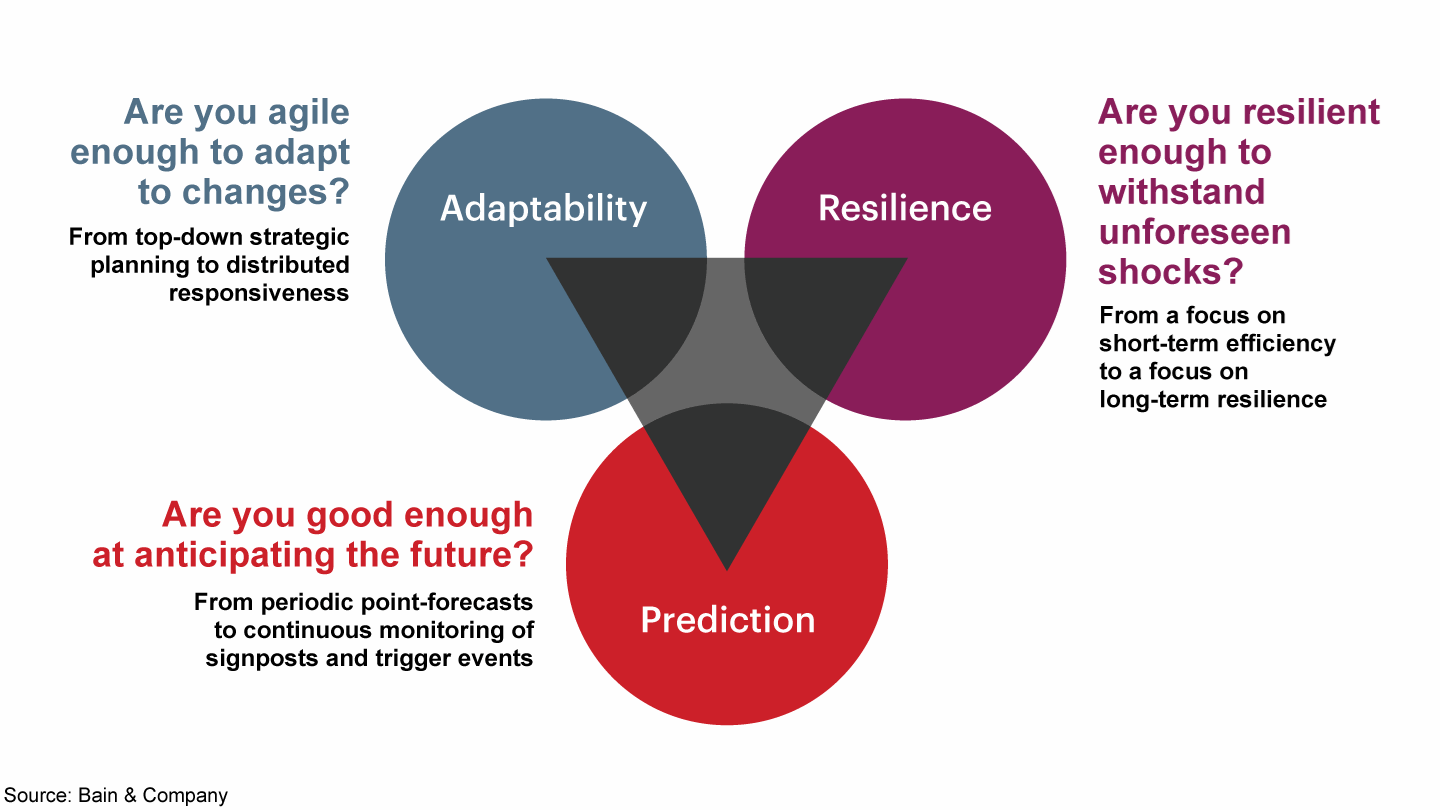Brief

Резюме
- Leaders are adopting new working models that improve flexibility and worker safety.
- Covid-19 has demonstrated that automated mining sites are highly resilient to disruption.
- Forward-looking companies are taking bold steps to reduce their carbon footprint, including Scope 3 (indirect) emissions.
Mining companies around the world reacted quickly to the disruptions caused by Covid-19, adopting new ways of working to keep people and communities safe. Many mines were able to continue operating with fewer people onsite, and even those that had to shut down are now ramping up production to previous levels while enforcing safety protocols. But with Covid-19 cases surging in South America, South Africa and other regions, it’s too early to predict the shape of the recovery curve in different parts of the world—and new challenges lie ahead.
Now, before the Covid-19 pandemic passes, mining leadership teams face a significant moment of truth: Can they take what they’ve learned through the crisis and retool their company for a new world? In some respects, markets and societies may revert back to how they were before the spread of Covid-19. But this crisis has unleashed profound change, and it’s vitally important for leadership teams to think through how the industry landscape is shifting.
To fortify mining companies for a more disruptive reality, leaders are embedding the best of their crisis response into their organizations. Many are adopting new working models that improve flexibility and worker safety, as well as reduce cost. Looking forward, they’re building the capability to adjust faster to shifts in demand and supply, pricing and sustainability trends. The crucible of this crisis has revealed the critical need to improve three related but distinct capabilities: resilience, adaptability and prediction (see Figure 1).


Despite ongoing challenges in specific regions or with specific commodities, the mining industry is well-positioned to play a significant role in fueling local and regional economic recoveries from Covid-19. Successful mining companies are using this turbulent period to achieve four key objectives.
Redouble efforts to boost productivity and lower costs. As the price of most commodities fell amid the Covid-19 pandemic, mining companies scrambled to reduce costs and increase productivity. Even as prices start to rise again, however, top-performing leadership teams are intensifying their efforts to make gains on both fronts in operations, balancing productivity improvements with sustainability goals. The same is true for projects, where most mining companies have adjusted their capital project priorities, but still can improve the productivity of priority projects further. Leaders know that enhancing productivity and lowering costs will create the resilience to cope with a more volatile market.
The most effective way to increase productivity is to focus on the few changes that matter most. Often, the biggest gains come from eliminating bottlenecks. Many companies have learned the hard way that addressing a bottleneck in isolation typically backfires, giving rise to another one. Bain & Company analysis shows an integrated approach increases annual production volume by 15% to 20%, on average, with some companies achieving as much as 50%, even after undergoing previous transformations.
Implement the sustainability agenda. Consumers, shareholders, governments and communities are increasingly concerned about global challenges such as climate change, pollution, water management and social inequality, and mining companies around the world are redoubling their commitment to environmental and social goals. The challenge for many leadership teams is implementing these goals across a host of diverse global assets. And sustainability change is harder than normal change. To start, companies are reducing their reliance on expatriate workers, increasing the local workforce and shifting to local suppliers to improve supply chain resilience.
Covid-19 disrupted mining less than most other industries, so many mining companies are in a strong position to partner with governments at all levels to help accelerate the economic and social recovery from the pandemic. These companies are underscoring their commitment to a new sustainability agenda with bold steps to reduce their carbon footprint, including Scope 3 (indirect) emissions, for example, by switching to renewable energy sources. In the coming decade, the industry will face growing pressure to review portfolios, develop strategies to decarbonize operations, reduce water consumption and engage with customers on shifting to such products as “green” steel.
Adopt new ways of working. The Covid-19 crisis created a snapshot of the industry’s future working model—fewer workers on site, a sharper focus on operational priorities and faster decision making. Until the pandemic, most companies believed managers had to be physically present at mine sites to ensure effective supervision and decision making. After being forced to reduce staffing dramatically during lockdowns or accommodate two-week quarantines, they’re optimizing roster models and adopting flexible ways of working they once considered impossible. Many are promoting remote work and working from home. Adjusting rosters for longer times spent on site (two weeks instead of one) and longer times offsite also create financial and sustainability benefits.
To maintain those gains going forward, leaders are taking a zero-based redesign approach to operations, overhead and administration. Zero-based redesign starts by reenvisioning the business and asking what activities and resources are needed to compete now and in the next three to five years. Mining companies need to focus on what work creates value for the business, what jobs need to be onsite and which ones can be done offsite. Zero-based redesign also paves the way for a flatter organization, increased global connectivity and an Agile operating model. But key challenges remain. As leadership teams evaluate new ways of working, they’ll need to ensure the right balance of accountability and responsibility between mine sites and the center.
Invest in technology to transform the business. Mining leadership teams know automation can improve efficiency and safety, but until now, their investments have been scattered and slowly implemented. The Covid-19 crisis demonstrated for some leaders that automated or semiautomated mining operations with a minimal number of people on site are highly resilient to disruption, underscoring the strategic advantage of operating mines remotely. That experience has persuaded some leadership teams to accelerate their investment in digital technology and automation and focus on creating financial, social and environmental value. The next big step is shifting from remote monitoring of a processing plant, for example, to remote control centers.
Retooling for the future
To achieve these four objectives, leadership teams first align on a vision for the post-Covid-19 operating model and organization. The next step is making sure each business unit has the capability to deliver changes from the bottom up—by country, commodity or operation.
Far-reaching uncertainty makes it hard to control the challenges at hand, let alone think years ahead. But CEOs need to balance managing the business today while planning for the future. Here are two valuable questions that can help mining executives and boards focus their efforts.
- Which new ways of working adopted during the crisis should we preserve and build on to lock in efficiency gains?
- How do we build adaptability and resilience into our strategy, supply chain and operations?
Mining companies that take the opportunity to think hard today about how the business is likely to evolve will emerge stronger and better prepared for the post-Covid-19 economy.

Coronavirus
The global Covid-19 pandemic has extracted a terrible human toll and spurred sweeping changes in the world economy. Across industries, executives have begun reassessing their strategies and repositioning their companies to thrive now and in the world beyond coronavirus.